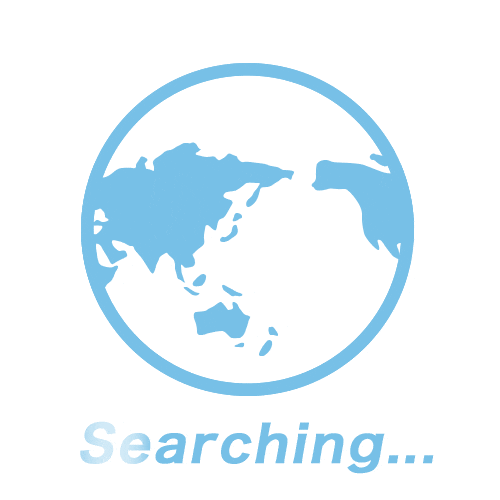Pyongyang
The flight time to Pyongyang is approximately 17~18 hours. Find out more about the history, economy, climate and transportation options before you visit Pyongyang.
Pyongyang: A City Shrouded in Mystery
Pyongyang, the capital of North Korea, offers a captivating glimpse into a city steeped in history and culture, making it a fascinating destination for adventurous travelers. Renowned for its meticulously planned architecture and iconic landmarks such as the Juche Tower and the Arch of Triumph, Pyongyang seamlessly blends historical significance with modern aesthetics. The city boasts an abundance of tourist attractions, including lush parks, museums, and cultural performances that reflect its rich heritage. While travel regulations apply, visitors often find Pyongyang surprisingly accessible through organized tours, offering a unique opportunity to explore its vibrant economy and well-maintained infrastructure. With its unparalleled blend of cultural depth and organized tourism, Pyongyang remains an intriguing choice for those seeking a truly extraordinary experience.
History
Pyongyang, one of the oldest cities in East Asia, boasts a rich historical significance as the cradle of Korean civilization, with roots tracing back over 2,000 years. Nestled along the Taedong River, its strategic location has fostered centuries of urban development, transforming it into a meticulously planned city that blends ancient heritage with modern infrastructure, making it a unique and captivating destination for travelers.
Economy
Pyongyang serves as North Korea's economic and administrative heart, playing a pivotal role in the regional economy through its industrial sectors and emerging partnerships with select international businesses. With its expansive urban scale and growing focus on tourism-driven revenue, the city combines a unique economic framework with opportunities for global engagement, positioning itself as a focal point of North Korean development.
Budget Airfares
Pyongyang is accessible through the Sunan International Airport, the country’s primary gateway, featuring modern facilities and limited but reliable connections via Air Koryo and select budget airlines like Air China. From the airport, visitors can easily reach the city center using organized shuttle services or taxis, offering a seamless introduction to this meticulously planned urban hub.
Local Climate / Weather
Pyongyang experiences a temperate continental climate, with cold, snowy winters and warm, humid summers, creating distinct seasonal attractions for visitors. The city's vibrant spring blossoms and crisp autumn foliage draw tourists seeking scenic beauty, while its snowy landscapes and summer festivals add unique charm to the year-round travel experience.
Transportation Modes
Pyongyang boasts a well-organized transportation system, with its metro system standing out for its deep underground stations adorned with elaborate Soviet-style designs, offering both functionality and cultural intrigue. Complemented by buses, trolleys, and limited taxi services, the city's public transport provides an efficient and affordable way for visitors to explore its urban landscape.
Travel FAQs
What are the famous tourist attractions in Pyongyang?
Pyongyang is known for landmarks such as the Juche Tower, Arch of Triumph, Kim Il-sung Square, and the Mansudae Grand Monument.
When is the best time to visit Pyongyang?
The best time to visit Pyongyang is during spring (April to May) or autumn (September to October) when the weather is mild and pleasant.
What activities can I enjoy in Pyongyang?
In Pyongyang, you can enjoy guided tours, cultural performances, visits to historical sites, and leisurely walks in its scenic parks.
How safe is Pyongyang? What precautions should I take?
Pyongyang is generally safe for tourists on guided tours, but it is important to follow local rules and avoid sensitive topics.

